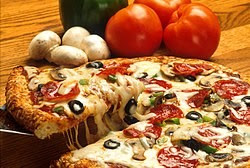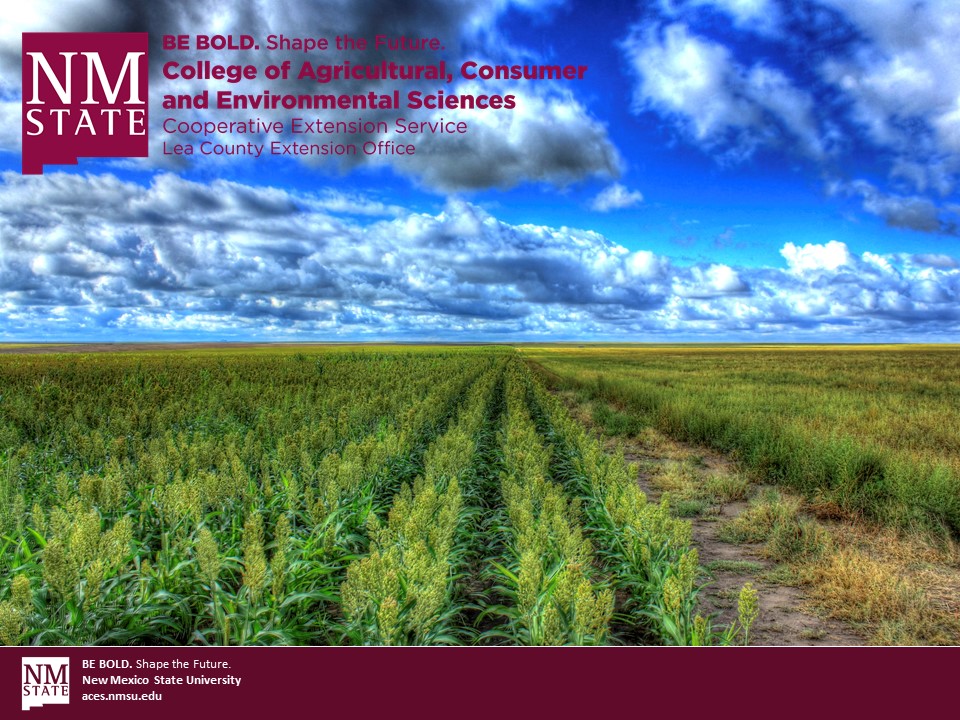Pizza Pizza. . . . . How Do You Eatza?
 Pizza is an All American food that many believe to be a junk
food. But can Pizza be made
healthy? The answer is YES!
Pizza is an All American food that many believe to be a junk
food. But can Pizza be made
healthy? The answer is YES!
The crust on a pizza, is the foundation of any pizza. Whether you choose Thin, Hand Tossed, or Pan,
the crust you chose will be the beginning of a healthy meal for your
family. Most pizza crusts are made from
white flour, but try making it a Whole Grain Crust, each slice will contain extra fiber and
protein. Many of us may not have the
extra time to mix up our own pizza doughs, so look for some healthy pre-made
options at your local grocery store. Some
great alternatives to traditional white flour crust are: thin sandwich bread, tortillas, Pita bread,
English Muffins. Veggie crusts have
become an alternative to many bread crusts.
Vegetables like cauliflower, zucchini, summer squash, Portobello mushrooms
can make a great base for your pizza.
Jarred sauces are usually drowning in sodium and preserves, but by
making your own sauce, you can add in your own ingredients for a healthy base
to your pizza. For some variety, think
beyond your traditional tomato sauce and try out a pesto sauce, hummus, refried
beans, BBQ sauce, ricotta cheese, olive oil or fresh garlic as your sauce.
Most pizzas are made with mozzarella. But have you ever added other cheeses to your
pizza? Try adding other cheeses with a
strong flavor and fewer calories.
Provolone, gorgonzola, and Parmesan cheeses are lower in calories, but
will add a strong on flavor to any pizza.
Some soft cheeses like ricotta, cottage cheese, or goat cheese are soft
enough to create a spread. Add in some
fresh herbs or spices and use these as the sauce for your pizza.
Everyone has their own favorites for pizza toppings. There’s even the famous debate on whether
pineapple should be included as a pizza topping! No matter what your favorite topping is, there
are ultimately no rules as to what topping can go on a pizza, so add all your
favorites.
Try some fresh vegetables like mushrooms, jalapenos, spinach,
broccoli, asparagus, or olives. Add in
some extra flavors with roasted vegetables like peppers, squash. egg plant,
onions, or artichokes.
Pizza can also be a great dessert, pile on your favorite nut
butter like peanut butter, or hazelnut spread, then add your favorite fresh
fruits—strawberries, blueberries, grapes, bananas, peaches, figs, pears, or
pineapples
Protein is a must have on many pizzas. So choose your meats wisely. Choose lean meats rather than meats like pepperoni,
sausage and bacon which are all full of calories and fat. Swap those fatty meats with other
alternatives like chicken sausage or turkey bacon. Other meats like salami slices of lean steak,
grilled chicken or shrimp can add in extra flavor without the calories or
fat.
For some extra spice, try adding some fresh herbs to the toppings
like basil or oregano to your pizza, or sprinkle some dried herbs or red pepper
flakes and a drizzle of olive oil to the outer edge before cooking.
Pizza is a meal that many of us eat alone—no side dishes. Try adding a large salad in addition to your
slices. This may cut down on the number
of slices you eat and fill you up faster.
To cook the best pizza at home, always begin with a hot oven. Cooking a pizza in a 450 to 500 degree oven for
10 to 12 minutes will keep the crust crispy without getting soggy in the
middle. But you will need to take some
extra steps when making a large pizza. If
you are making a large pizza, toast the dough before adding all the toppings,
this will keep the middle from getting soggy.
Keep heavy toppings to a minimum and place a thin layer of the
other ingredients randomly placed throughout the crust to distribute the
flavor. If the toppings are full of
juice when added on, they will transfer the juice onto the crust, so keep those
toppings to a minimum. Some of these
juicy toppings are fresh tomatoes or fresh mozzarella.
To prevent the dough from sticking to the pan, oil the pan well with olive oil or
add some cornmeal to the pan before adding the dough. The oil will keep the dough chewy too.
 Healthy Crust Recipes:
Healthy Crust Recipes:
Easy Cauliflower Pizza Crust
1 Medium to
large head of cauliflower
2 eggs
1 Cup
grated/shredded mozzarella cheese
1/2 cup of
grated parmesan cheese
1 tsp garlic
powder
1/2 tsp of
dried oregano
1/2 tsp of
dried basil
Pinch of salt
and pepper
Preheat oven
to 425° and line a sheet pan with parchment paper. Chop the head of cauliflower into florets and
pulse in a food processor until very finely minced--like snow. Microwave cauliflower in a microwave-safe
bowl for 5 minutes or until tenderized. Let
cool until cool enough to handle. Place cauliflower in a kitchen towel and
squeeze as much water out as possible. Place ball of squeezed cauliflower in a
mixing bowl and add the cheeses, eggs, and spices. Mix until thoroughly
combined. Pour contents onto parchment
lined sheet pan. Press into a circle
shape, making sure to make a little lip at the edge of the crust. Bake 15-20 minutes until crust is lightly
browned. Top with favorite sauce and
pizza toppings. Bake for another 10-15 min until cheese is melted and browned. Recipe
from Barefootinthepines.com
Simple Pizza Dough
1 1/4 cup water
2 Tablespoon
olive oil
1 teaspoon
salt
2 teaspoon
yeast
3 1/2 cups flour
Add warm
water to bowl with yeast. Let set for five minutes once the yeast is foamy, add
olive oil, salt, and flour. Mix dough to combine If the dough is too sticky,
add additional flour one tablespoon at a time. Knead the dough for seven
minutes. Cover with a damp towel in a
warm place for 30-60 minutes. After
rising, remove from the bowl and divide into two equal size pieces. Use
immediately for your favorite pizza recipe or store in a loosely covered
container in the fridge for up to three days.
Recipe from
honestandtruly.com
Zucchini Pizza Crust
2 cups Zucchini,
grated coarsely,
3 large Eggs
1 cup Mozzarella
cheese, shredded
1/4 cup
Coconut Flour
1/2 teaspoon Sea
salt
Preheat the oven to 350 degrees F. Grease a 12 to 14-inch non-stick pizza pan. Spread out the grated zucchini onto the pan
in a thin layer. Sprinkle very lightly with a little sea salt. Bake for
about 10-15 minutes, until zucchini is
semi-soft and fairly dry. Combine the
eggs, mozzarella, coconut flour and 1/2 teaspoon sea salt in a large bowl. When the zucchini is done, pat the zucchini.
Mix into the bowl. Lightly wipe down the
pizza pan to get rid of any stuck on zucchini. Grease the pan or parchment
paper. Spread the zucchini pizza dough
into a thin circle, about 11-12 in diameter. Bake for 20-30 minutes, until there are brown spots on the top,
the thicker the crust the longer it will take to cook. Remove the zucchini pizza crust from the
oven. Increase the oven temperature to 400 degrees F and let it preheat. Recipe
from wholesomeyum.com
References for this article came from the following websites:
www.foodnetwork.com
www.greatlist.com















